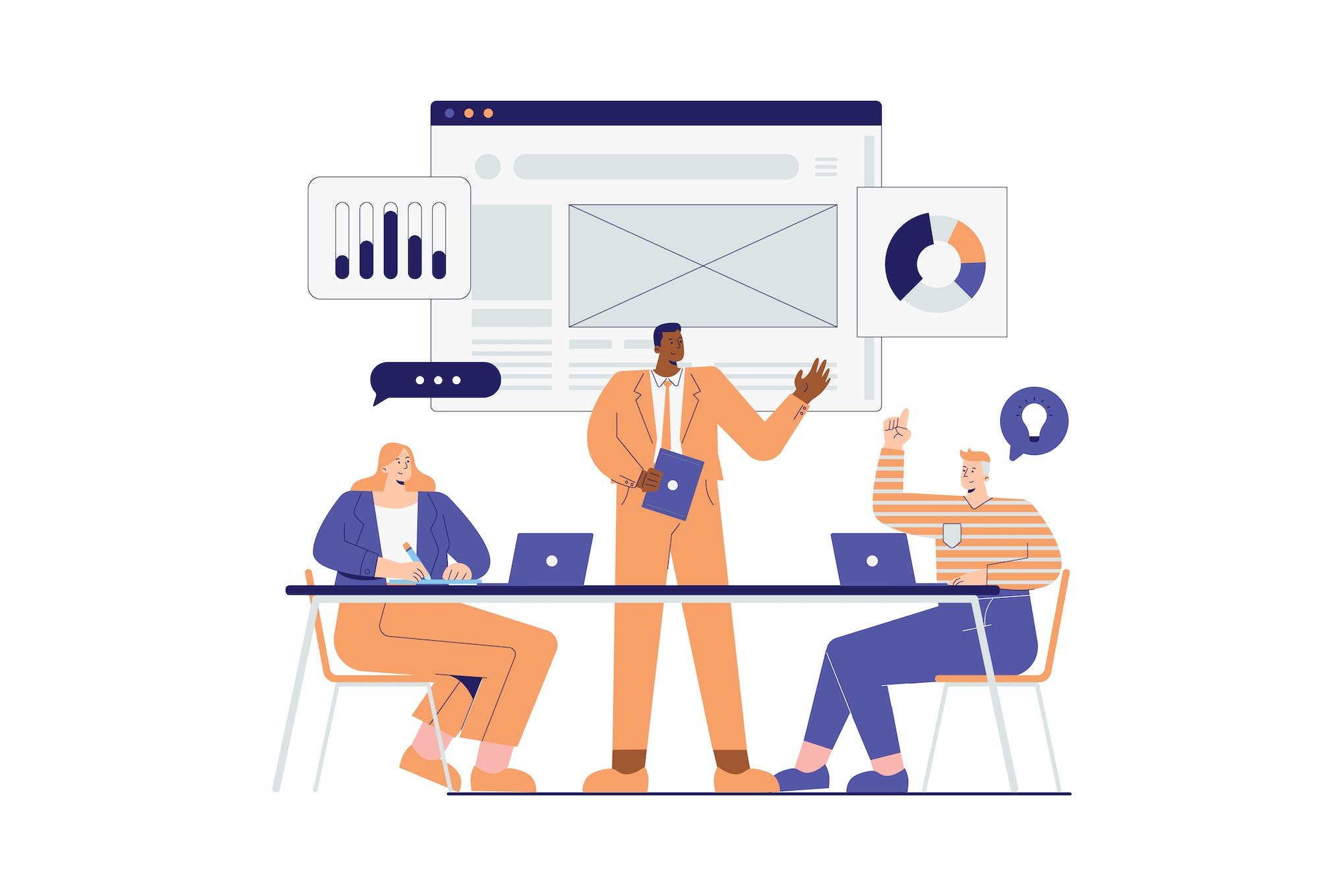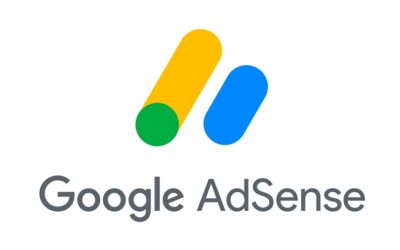Landing pages are the gatekeepers to your website’s success. They’re the first touchpoint for potential customers and often determine whether they’ll convert into paying customers or bounce away to another site. As a business owner or marketer, it’s essential to understand the key components that make up a landing page that converts. A well-designed landing page can mean the difference between a thriving business and a floundering one. Businesses with a dedicated landing page see an average conversion rate of 8.6%, while those without one only see a rate of 2.7%. That’s a significant difference that can’t be ignored.
So what makes a landing page convert? Let’s dive into the critical elements of a high-converting landing page.
- A clear and concise headline: Your headline should communicate your product or service’s value. It should be brief, easy to understand and grab your potential customer’s attention. The headline should accurately reflect the content of the landing page and should be placed in a location where it’s easily visible. A well-crafted headline can make all the difference in whether a potential customer decides to stick around or bounce away.
- A solid and attractive visual design: A visually appealing design is crucial for creating a landing page that converts. Choose a color scheme that complements your brand and use images and graphics that are both professional and attention-grabbing. The design should be clean, organized, and easy on the eyes. It should also be optimized for desktop and mobile devices to ensure that it looks great no matter how it’s viewed.ge: Colorful, eye-catching graphics]
- Compelling copy: Your copy should be easy to read, engaging, and to the point. The copy should be well-written, well-researched, and optimized for search engines and potential customers. Highlight the benefits of your product or service, and ensure that your message is clear and concise. Use language that connects with your target audience, and avoid jargon or overly technical terms.
- A clear call to action: Your call to action (CTA) drives conversions on your landing page. It should be prominent, clear, and compelling. The CTA should be tested and optimized to ensure that it’s as effective as possible, and it should be accompanied by clear and concise instructions that explain what the customer should do next. Make sure your CTA is placed in a location where it’s easy to find and that the language you use is actionable and encourages your potential customers to take the next step.
- A form that’s easy to fill out: If you’re asking your potential customers to fill out a form, make sure that it’s easy to do so. The form should be well-designed and easy to use, and it should be accompanied by clear and concise instructions that explain what the customer should do next. Keep the form as short as possible and only ask for the information you need to follow up with them.
- Mobile responsiveness: With more and more people using their mobile devices to browse the web, your landing page must be optimized for mobile. This includes the headline, visual design, copy, and CTA, among others. Make sure your landing page is easy to navigate on smaller screens and that all elements are visible.
- Fast loading speed: A slow-loading landing page can lead to a high bounce rate and a low conversion rate. People are less likely to stick around and engage with your landing page if it takes less time to load, so your page must be optimized for speed. Use tools like GTmetrix or PageSpeed Insights to test the loading speed of your page and make any necessary changes to optimize it. This can include compressing images, reducing file sizes, and using a fast and reliable hosting provider.
- Trust signals: Trust signals, such as testimonials, security badges, and privacy policies, are an essential part of creating a high-converting landing page. They help build trust and credibility with your potential customers and can make a big difference in whether they decide to convert. Make sure that your trust signals are visible and prominently displayed, and consider using video testimonials or case studies to showcase the success of your product or service.
In conclusion, creating a high-converting landing page is a crucial step in driving the success of your business. By focusing on the key elements discussed above, such as a clear and compelling value proposition, attractive and engaging design, and trust signals, you can create a landing page that accurately represents your brand and converts visitors into customers. However, even the best landing page will only generate results with quality traffic. That’s where Webnack comes in.
At Webnack, we offer quality web traffic specifically targeted to your niche and designed to drive conversions for your business. Whether you’re looking to increase your brand exposure, build your email list, or sell more products, our team of experts can help you achieve your goals. With our comprehensive suite of traffic services, you can expect a significant conversion rate boost and a positive investment return.
Don’t settle for a landing page that generates little to no results. Invest in quality web traffic from Webnack and take your business to the next level. Start seeing the results you deserve today.




